Home>Gardening & Outdoor>Plant Care & Gardening Tips>How Can I Plant My Burpee Wildflower Perennial Mix In Lower Sun Areas
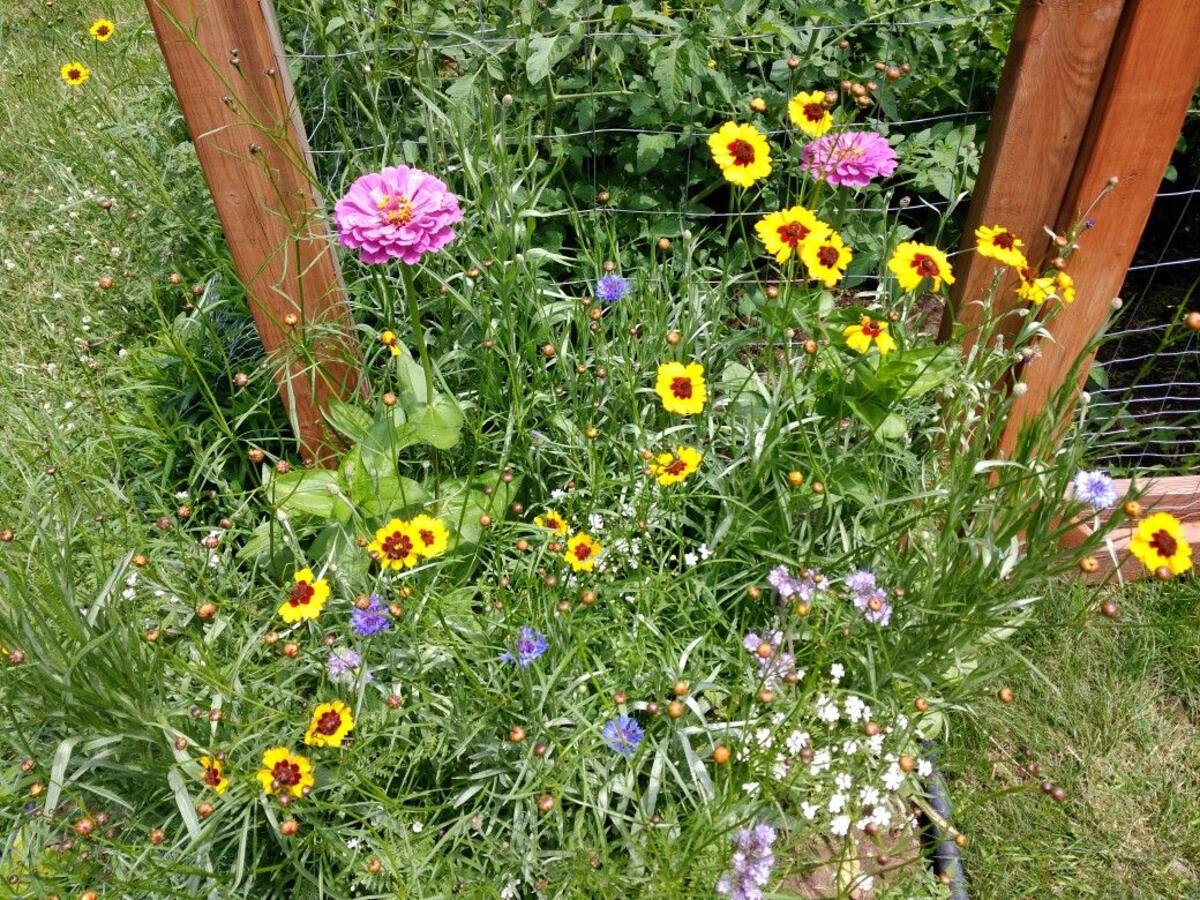

Plant Care & Gardening Tips
How Can I Plant My Burpee Wildflower Perennial Mix In Lower Sun Areas
Modified: February 18, 2024
Discover expert plant care and gardening tips for planting your Burpee wildflower perennial mix in lower sun areas. Learn how to ensure successful growth and vibrant blooms.
(Many of the links in this article redirect to a specific reviewed product. Your purchase of these products through affiliate links helps to generate commission for Storables.com, at no extra cost. Learn more)
Introduction
Read more: What Is In The Burpee Wildflower Mix
Understanding the Beauty of Wildflower Perennial Mix in Lower Sun Areas
Embracing the natural beauty of a garden is a delightful experience, and one way to achieve this is by cultivating a wildflower perennial mix. These enchanting blends of flowers not only add vibrant colors to your garden but also attract pollinators and beneficial insects, creating a lively and thriving ecosystem. However, when it comes to planting wildflower perennials in lower sun areas, there are specific considerations and techniques that can help ensure the success of your garden.
In this comprehensive guide, we will explore the intricacies of planting a Burpee Wildflower Perennial Mix in areas with less sunlight. From understanding the light requirements of plants to selecting the right mix for your garden, preparing the soil, and nurturing your wildflower perennials, this article will equip you with the knowledge and confidence to create a flourishing garden even in lower sun areas.
So, if you're ready to embark on a journey of natural beauty and sustainable gardening, let's dive into the world of wildflower perennials and discover how to plant them in areas with lower sun exposure.
Key Takeaways:
- Embrace the beauty of wildflower perennials in lower sun areas by choosing shade-tolerant varieties, diverse blooming periods, and native species for a vibrant and thriving garden.
- Prepare the soil, plant with care, and provide attentive maintenance to nurture your Burpee Wildflower Perennial Mix, creating a captivating and enduring ecosystem in lower sun areas.
Understanding Lower Sun Areas
Before delving into the specifics of planting a Burpee Wildflower Perennial Mix in lower sun areas, it’s essential to grasp the characteristics of such environments. Lower sun areas typically receive limited direct sunlight, either due to shade from nearby structures, trees, or taller plants, or because they are situated on the north side of buildings where sunlight exposure is naturally reduced. It’s important to note that while some plants thrive in full sun, others are well-suited to lower light conditions, making them ideal choices for areas with limited sun exposure.
When assessing the sun exposure in your garden, consider the following key points:
- The intensity and duration of sunlight: Lower sun areas receive dappled sunlight or indirect light for a portion of the day, which can impact the growth and blooming patterns of plants.
- Understanding shade levels: Different plants have varying shade tolerance, and it’s crucial to identify whether your garden experiences light, partial, or full shade to select the most suitable wildflower perennials.
- Microclimates within the garden: Factors such as nearby structures, reflective surfaces, and the presence of large trees can create microclimates, influencing the amount of sunlight reaching specific areas of your garden.
By familiarizing yourself with the nuances of lower sun areas, you can make informed decisions when selecting and caring for your wildflower perennials. Now that we’ve gained a deeper understanding of these environments, let’s proceed to choosing the right wildflower perennial mix for your garden’s unique light conditions.
Choosing the Right Wildflower Perennial Mix
When it comes to selecting a wildflower perennial mix for lower sun areas, it’s crucial to opt for varieties that thrive in partial shade or lower light conditions. Fortunately, there are numerous stunning options that not only tolerate reduced sunlight but also enhance the visual appeal of your garden. Here are some key considerations to keep in mind as you choose the perfect mix:
Shade-Tolerant Varieties: Look for wildflower perennials known for their adaptability to partial shade or lower sun areas. Species such as columbines, foxgloves, bleeding hearts, and astilbes are excellent choices, offering an array of colors and textures while flourishing in environments with limited direct sunlight.
Diverse Blooming Periods: Opt for a mix that includes plants with staggered blooming periods, ensuring continuous color and visual interest throughout the growing season. By incorporating species that bloom at different times, you can create a dynamic and ever-changing landscape in your garden.
Native and Adaptive Species: Consider including native wildflowers and adaptive species that are well-suited to the natural light conditions in your region. These plants have evolved to thrive in specific environments, making them resilient and relatively low-maintenance once established.
Complementary Heights and Textures: Aim for a mix that features a variety of heights and textures, adding depth and dimension to your garden. From delicate, low-growing flowers to taller, architectural blooms, a diverse assortment contributes to a visually captivating and harmonious landscape.
By carefully curating a wildflower perennial mix that aligns with the light levels in your garden, you can create a captivating tapestry of colors and forms while supporting a thriving ecosystem. With the right blend of shade-tolerant, diverse, and regionally suitable species, your garden will flourish even in areas with lower sun exposure.
Now that we’ve explored the essential criteria for selecting the perfect mix, let’s delve into the crucial steps of preparing the soil to provide an optimal foundation for your wildflower perennials.
Preparing the Soil
Creating the ideal growing environment for your Burpee Wildflower Perennial Mix in lower sun areas begins with preparing the soil. While wildflowers are often celebrated for their resilience, providing them with nutrient-rich, well-draining soil sets the stage for robust growth and abundant blooms. Here’s how to prepare the soil for your wildflower perennials:
Assessing Soil Composition: Start by evaluating the composition of your garden soil. Lower sun areas may experience higher moisture levels and potential compactness, so it’s essential to ensure that the soil offers adequate drainage to prevent waterlogging, especially during rainy periods.
Amending with Organic Matter: Incorporate organic matter such as compost, well-rotted manure, or peat moss to improve soil structure and fertility. Organic amendments enhance moisture retention in well-draining soils while promoting aeration in compacted areas, creating an optimal balance for plant roots to thrive.
Adjusting pH Levels: Test the soil’s pH levels and, if necessary, make adjustments to align with the preferences of your chosen wildflower perennials. While many wildflowers tolerate a range of pH levels, ensuring that the soil is within the ideal range for their growth can significantly impact their overall health and vitality.
Clearing and Leveling: Remove any debris, rocks, or weeds from the planting area, and ensure that the soil surface is level and free from obstructions. This preparation step provides a clean canvas for sowing your wildflower perennial mix and reduces competition for resources as the plants establish themselves.
Applying Mulch: Consider applying a thin layer of organic mulch after planting to help retain soil moisture, regulate temperatures, and suppress weed growth. Mulch also contributes to the gradual enrichment of the soil as it decomposes, supporting the long-term health of your wildflower perennials.
By meticulously preparing the soil to cater to the specific needs of your wildflower perennials, you lay a solid foundation for their growth and resilience in lower sun areas. With the soil primed to provide essential nutrients, proper drainage, and a conducive environment for root development, your Burpee Wildflower Perennial Mix is poised for success.
Next, we’ll delve into the exciting process of planting your carefully selected wildflower perennials, setting the stage for a breathtaking display of natural beauty in your garden.
Choose a spot with at least 4-6 hours of sunlight per day. Prepare the soil by removing weeds and loosening the top layer. Scatter the seeds evenly and lightly cover with soil. Water gently and keep the soil moist until the seeds germinate.
Read more: How To Plant Wildflower Seed Mix
Planting the Burpee Wildflower Perennial Mix
As you embark on the rewarding journey of planting your Burpee Wildflower Perennial Mix in lower sun areas, it’s essential to approach the process with care and attention to detail. By following these steps, you can ensure that your wildflower perennials establish themselves successfully and grace your garden with their vibrant presence:
Timing and Spacing: Select an appropriate time for planting, typically in early spring or fall when the weather is mild, and the soil is workable. Follow the spacing recommendations provided for each type of wildflower perennial, allowing ample room for growth while creating visually appealing arrangements.
Planting Depth: Take into account the recommended planting depth for each species in your mix, ensuring that the seeds or seedlings are placed at the appropriate depth to facilitate strong root development and stability. Proper planting depth is critical for the long-term health and resilience of your wildflower perennials.
Watering and Establishment: After planting, thoroughly water the area to settle the soil and provide essential moisture for the newly introduced seeds or transplants. Monitor the moisture levels in the soil during the establishment phase, ensuring that the plants receive adequate hydration without waterlogging the area.
Providing Support and Protection: Consider providing temporary support for taller wildflower perennials to prevent bending or damage from wind and rain during their early growth stages. Additionally, safeguard the planting area from excessive foot traffic and disturbances to allow the plants to take root undisturbed.
Observation and Adaptation: Regularly observe the growth and development of your wildflower perennials, making adjustments as needed to optimize their conditions. This may include fine-tuning watering schedules, addressing potential pest or disease issues, and providing supplemental nutrients if the soil lacks essential elements.
By approaching the planting process with attentiveness and a nurturing mindset, you set the stage for your Burpee Wildflower Perennial Mix to thrive in lower sun areas. As the plants take root and begin their journey towards blooming, your garden will gradually transform into a captivating tapestry of colors, textures, and natural vitality.
With your wildflower perennials firmly established, it’s time to explore the essential practices for caring for and maintaining these enchanting plants in lower sun areas, ensuring their long-term health and enduring beauty.
Caring for Your Wildflower Perennial Mix in Lower Sun Areas
Once your Burpee Wildflower Perennial Mix has taken root in the lower sun areas of your garden, providing attentive care and maintenance is crucial to support their ongoing health and vitality. By implementing these essential practices, you can nurture your wildflower perennials and cultivate a flourishing ecosystem within your garden:
Optimal Watering Practices: Monitor the moisture levels in the soil, adjusting your watering routine to align with the specific needs of the wildflower perennials. While lower sun areas may experience reduced evaporation, it’s important to prevent waterlogged conditions by allowing the soil to partially dry between watering sessions.
Strategic Fertilization: Consider supplementing the soil with a balanced, slow-release fertilizer designed for flowering perennials. Apply the fertilizer according to the product’s instructions, providing essential nutrients to support robust growth and prolific blooming while avoiding excessive fertilization, which can lead to leggy growth and diminished flowering.
Weed Management: Regularly inspect the planting area for weeds and promptly remove any invasive plants that may compete with your wildflower perennials for resources. By keeping the vicinity clear of weeds, you create an environment that allows your chosen species to thrive without unnecessary competition.
Pest and Disease Vigilance: Routinely inspect the foliage and stems of your wildflower perennials for signs of pests or diseases, addressing any issues promptly to prevent widespread damage. Implementing natural pest control methods and maintaining good air circulation around the plants can contribute to their overall resilience.
Seasonal Maintenance: As each growing season unfolds, consider the unique needs of your wildflower perennials and adjust your care routine accordingly. This may involve deadheading spent blooms, dividing overcrowded clumps, or providing winter protection for certain species to ensure their longevity and vigor.
By embracing a proactive and attentive approach to caring for your wildflower perennials in lower sun areas, you can foster a thriving and visually captivating garden that celebrates the beauty of nature. As your Burpee Wildflower Perennial Mix graces your garden with its radiant blooms and enchanting presence, you’ll witness the harmonious coexistence of diverse plant species and the delightful interactions of pollinators and beneficial insects.
With these fundamental care practices in place, your wildflower perennials are poised to thrive and delight for seasons to come, enriching your outdoor space with their enduring charm and natural allure.
Conclusion
Cultivating a vibrant and flourishing garden in lower sun areas is a rewarding endeavor that invites you to embrace the beauty and resilience of wildflower perennials. By understanding the unique characteristics of these environments and selecting the right mix of shade-tolerant, diverse, and regionally suitable species, you can create a captivating tapestry of colors and textures while supporting a thriving ecosystem.
From meticulously preparing the soil to provide an optimal foundation for growth to planting your carefully selected wildflower perennials with care and attention, each step contributes to the establishment and flourishing of your garden. As your Burpee Wildflower Perennial Mix takes root and graces your outdoor space with its radiant blooms, you’ll witness the enchanting transformation of a once-lower sun area into a vibrant and dynamic landscape.
Embracing the essential practices for caring and maintaining your wildflower perennials ensures their ongoing health and enduring beauty, fostering a harmonious coexistence of diverse plant species and the delightful interactions of pollinators and beneficial insects. As each season unfolds, your garden becomes a living canvas, evolving with the rhythm of nature and captivating the senses with its natural allure.
So, whether you’re a seasoned gardening enthusiast or embarking on your first wildflower perennial journey, the art of planting and nurturing a Burpee Wildflower Perennial Mix in lower sun areas invites you to connect with the wonders of the natural world. As you witness the kaleidoscope of colors, the gentle swaying of blooms, and the bustling activity of pollinators, you’ll find joy and inspiration in the flourishing ecosystem you’ve cultivated.
With each bloom and each season, your garden becomes a testament to the transformative power of nature, inviting you to savor the beauty of wildflower perennials and the enchanting allure of lower sun areas.
Frequently Asked Questions about How Can I Plant My Burpee Wildflower Perennial Mix In Lower Sun Areas
Was this page helpful?
At Storables.com, we guarantee accurate and reliable information. Our content, validated by Expert Board Contributors, is crafted following stringent Editorial Policies. We're committed to providing you with well-researched, expert-backed insights for all your informational needs.
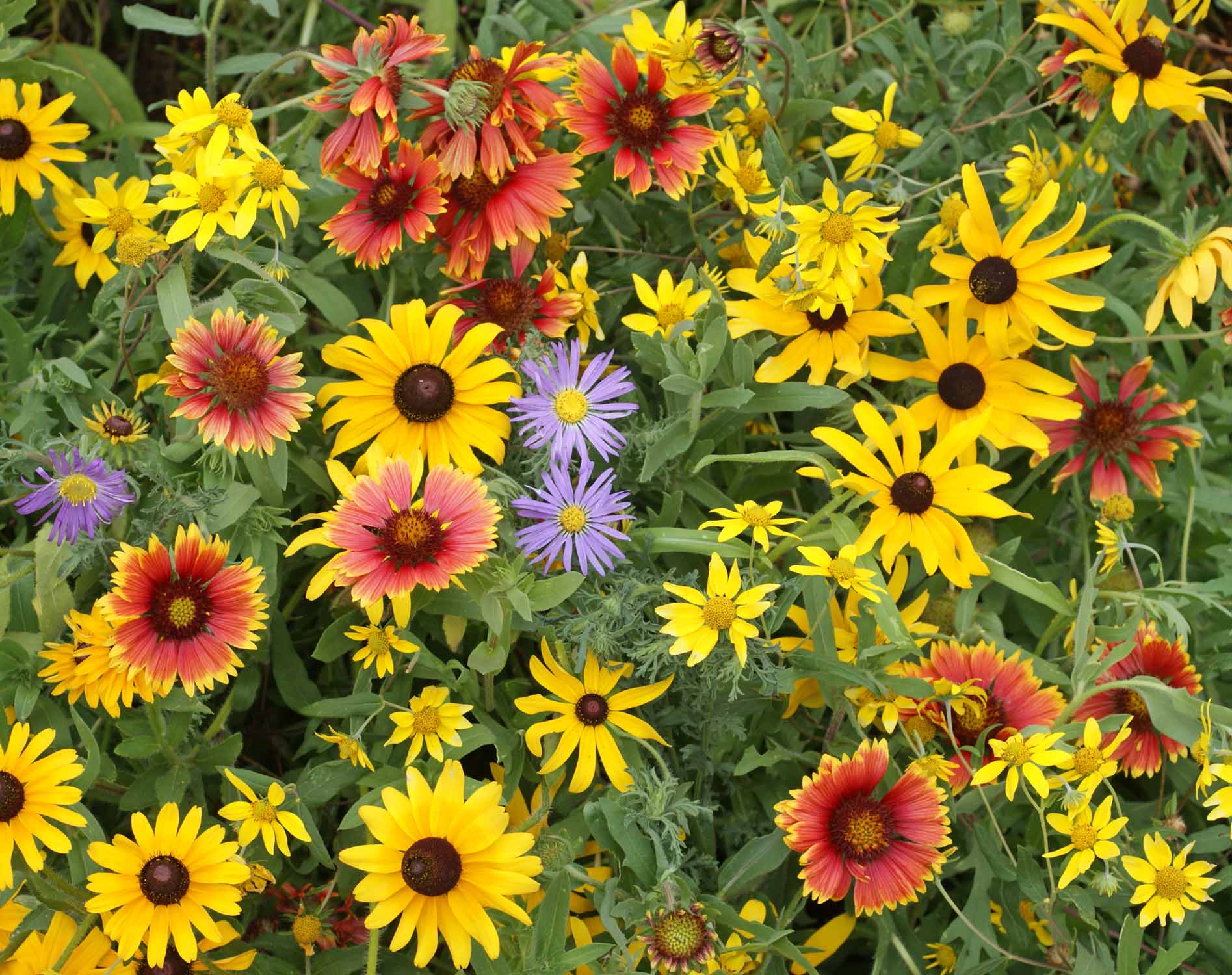
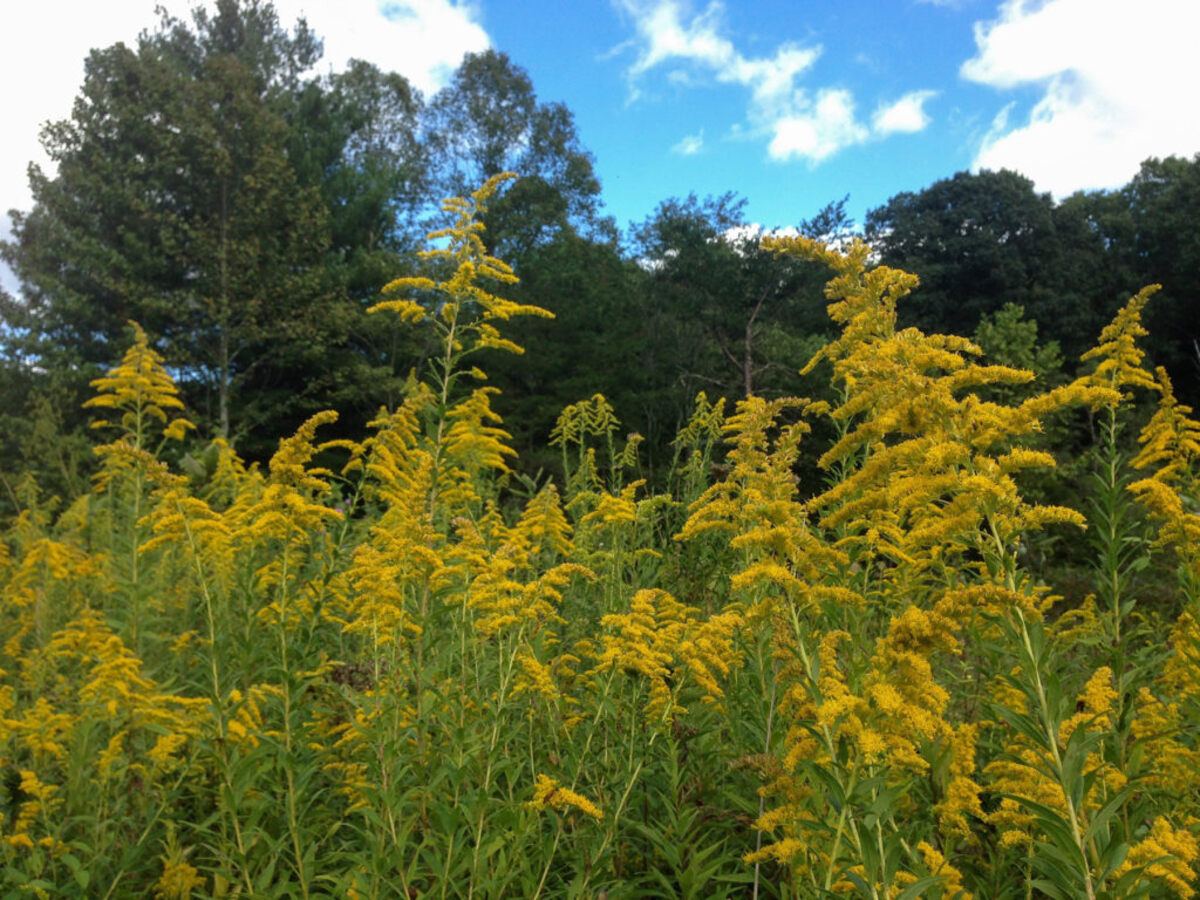
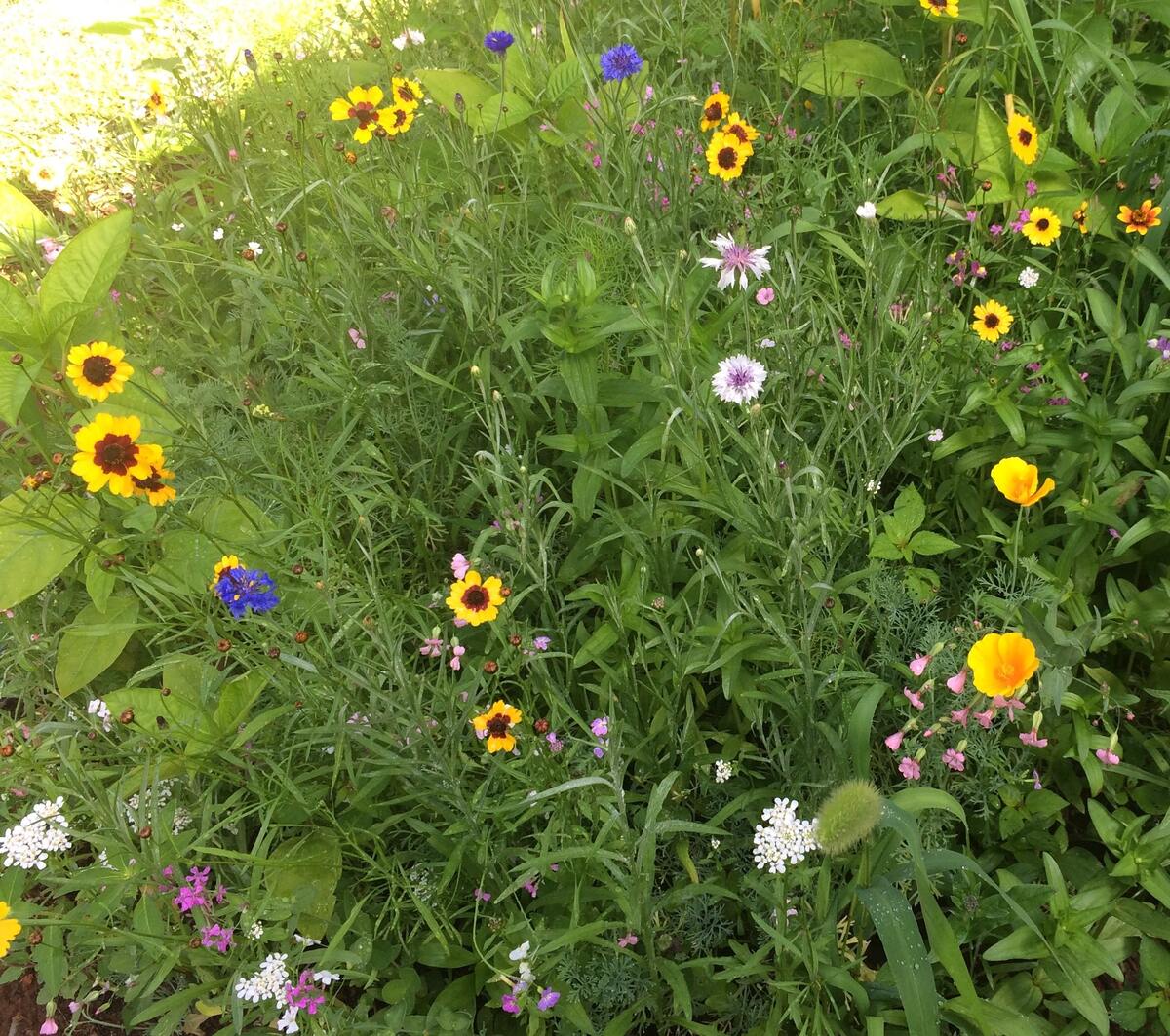

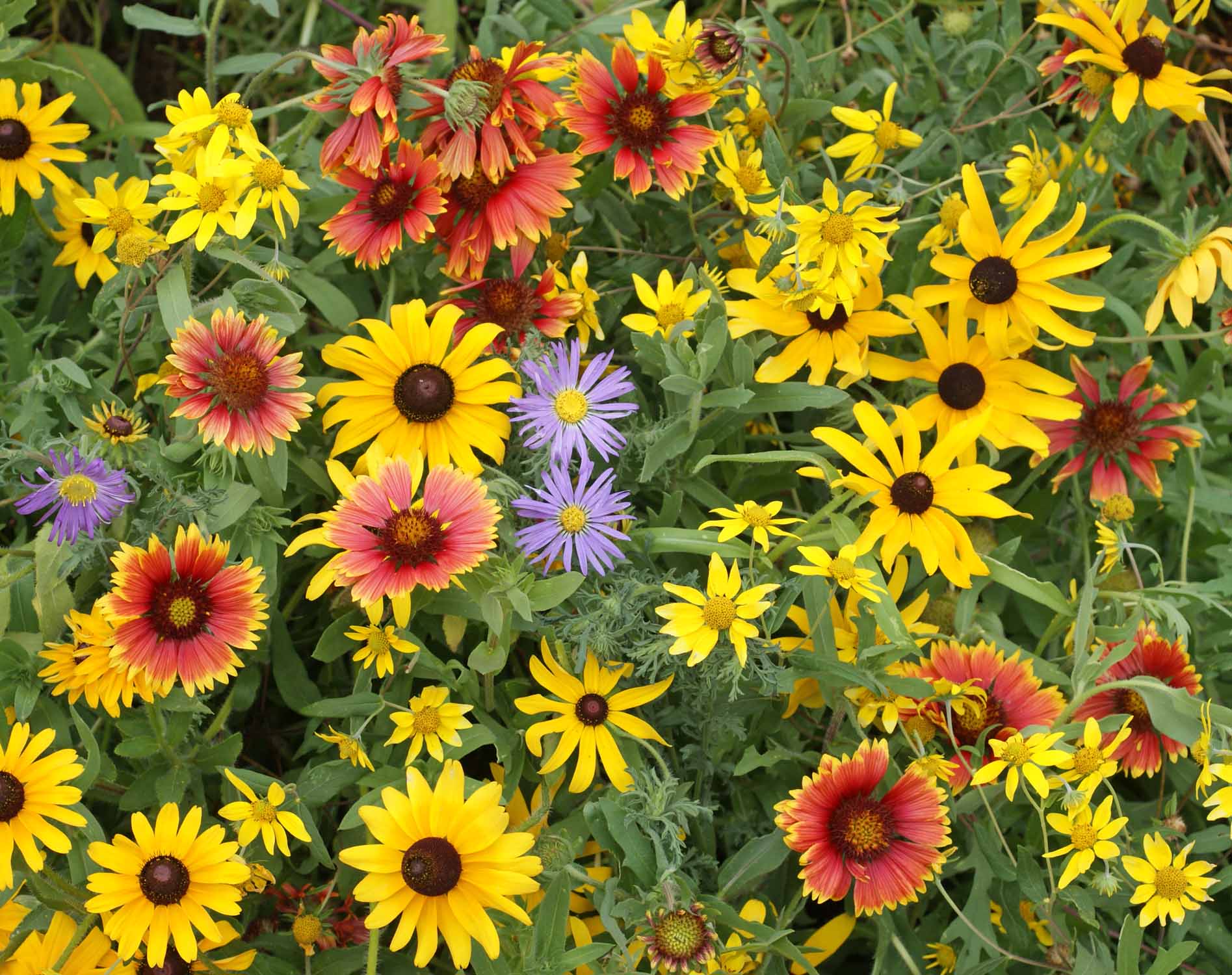
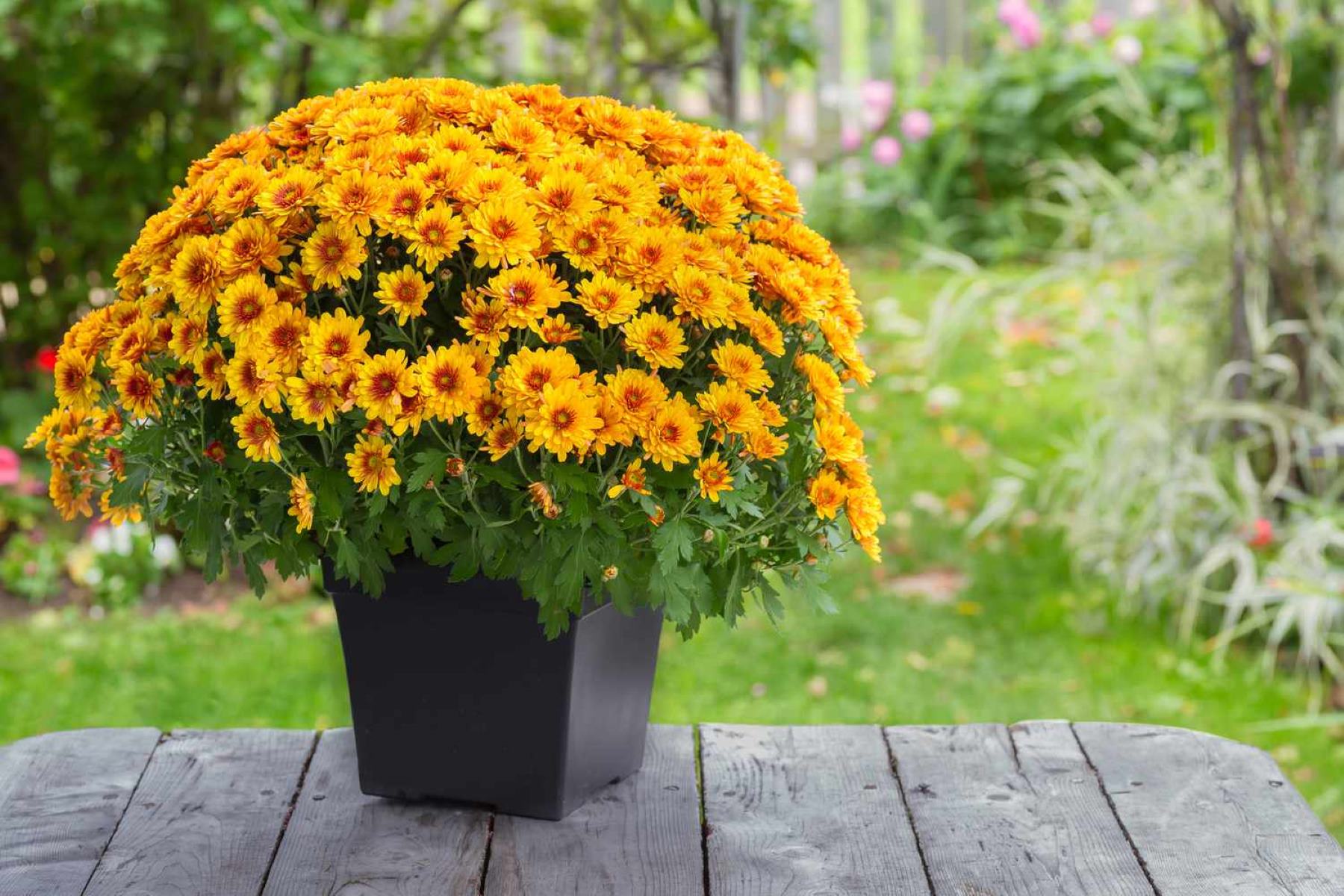
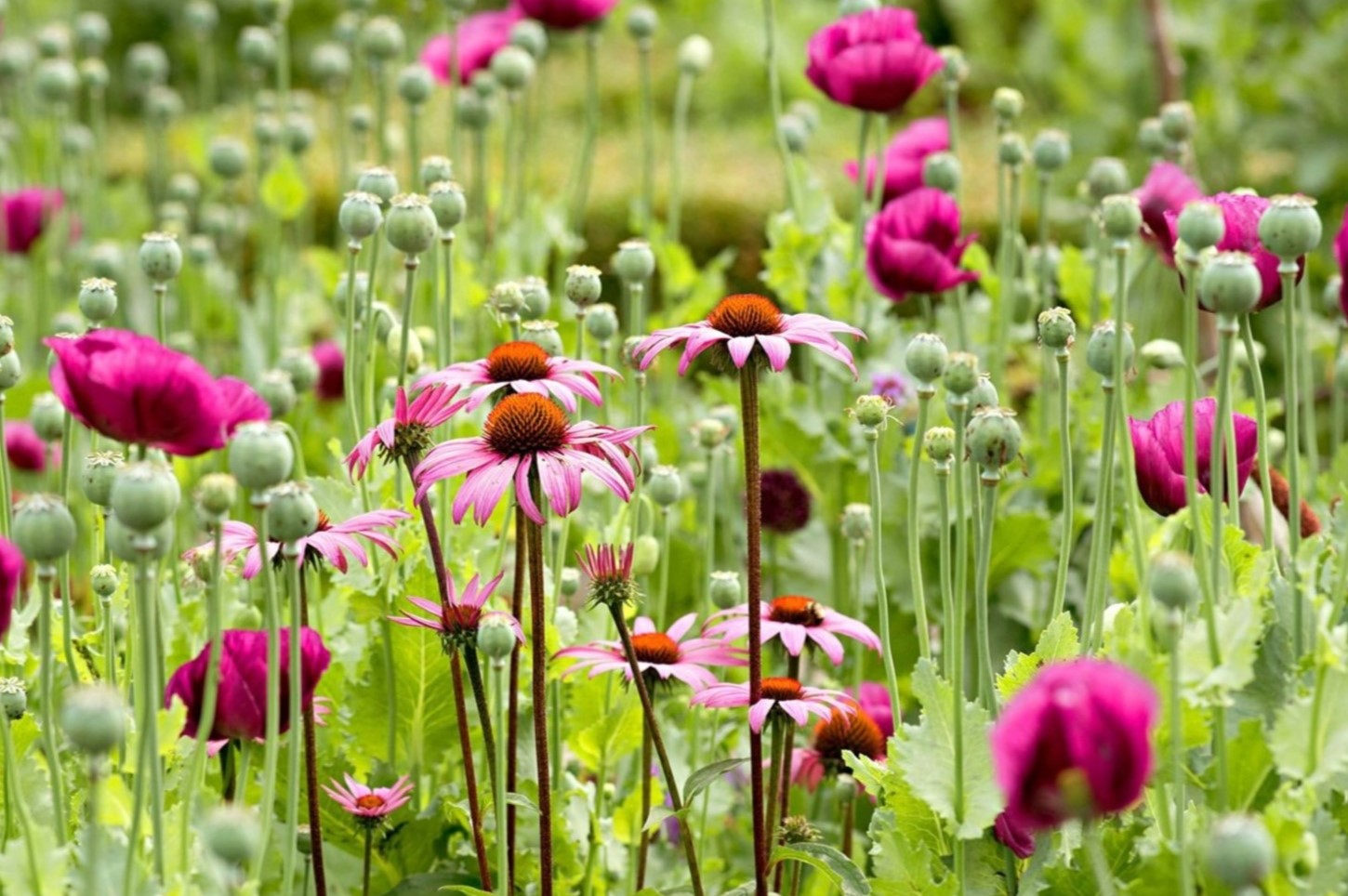
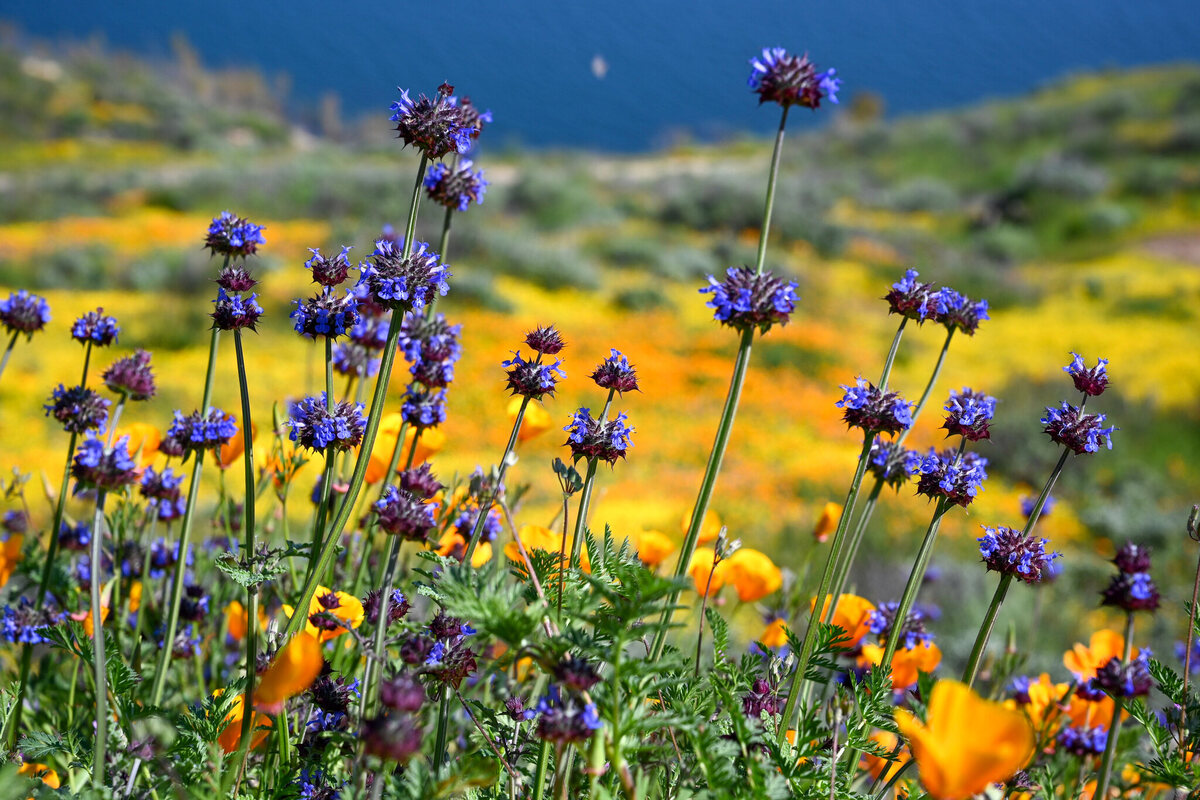
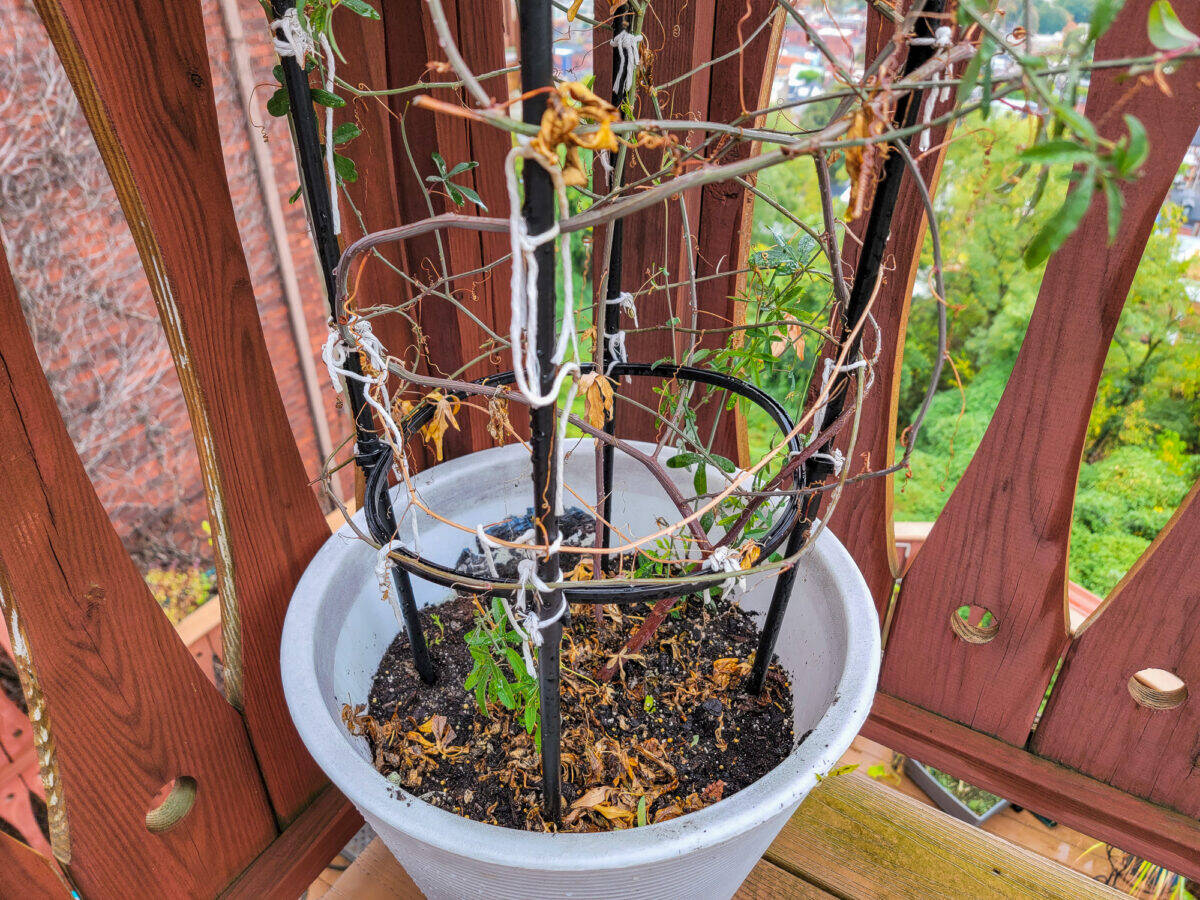
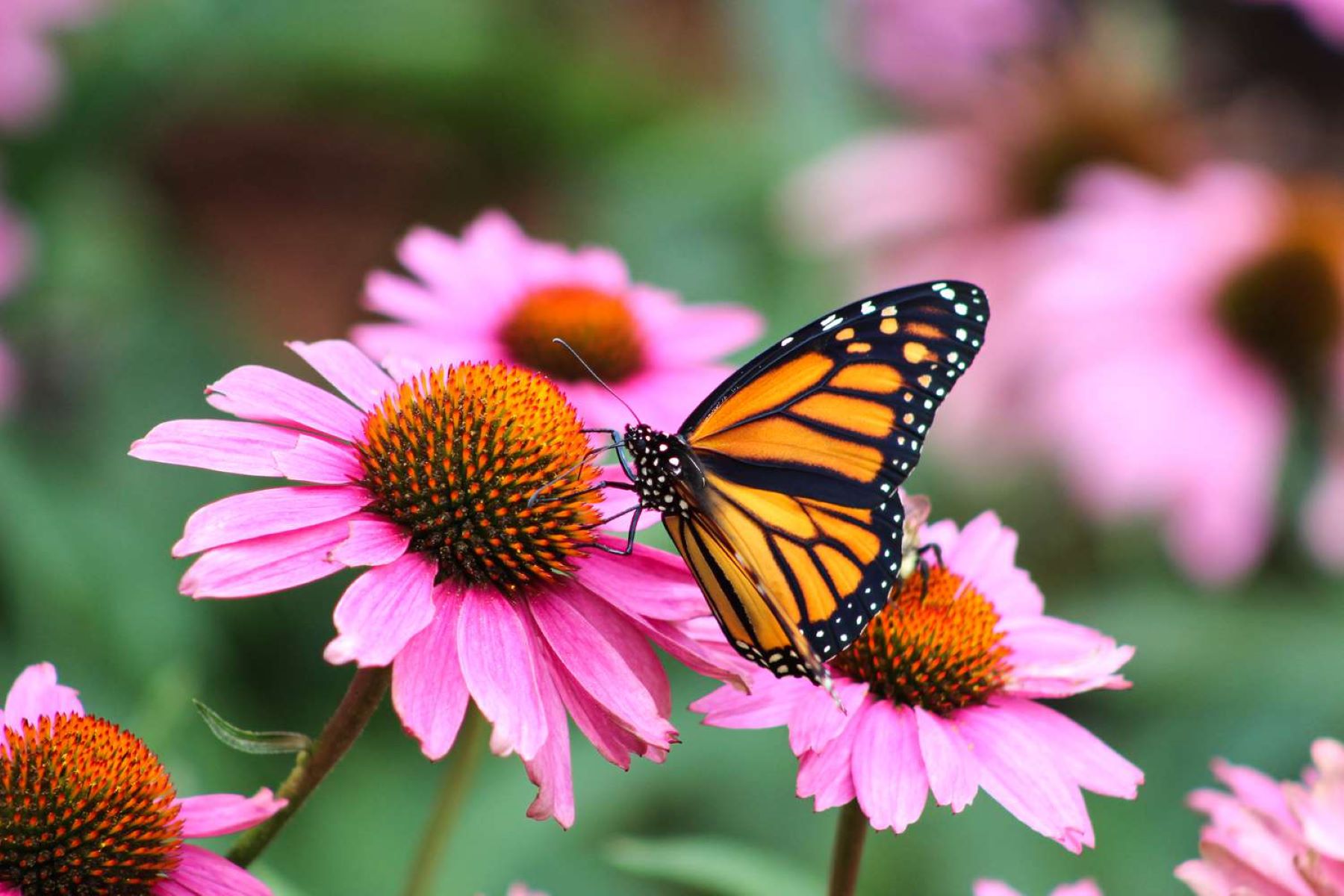
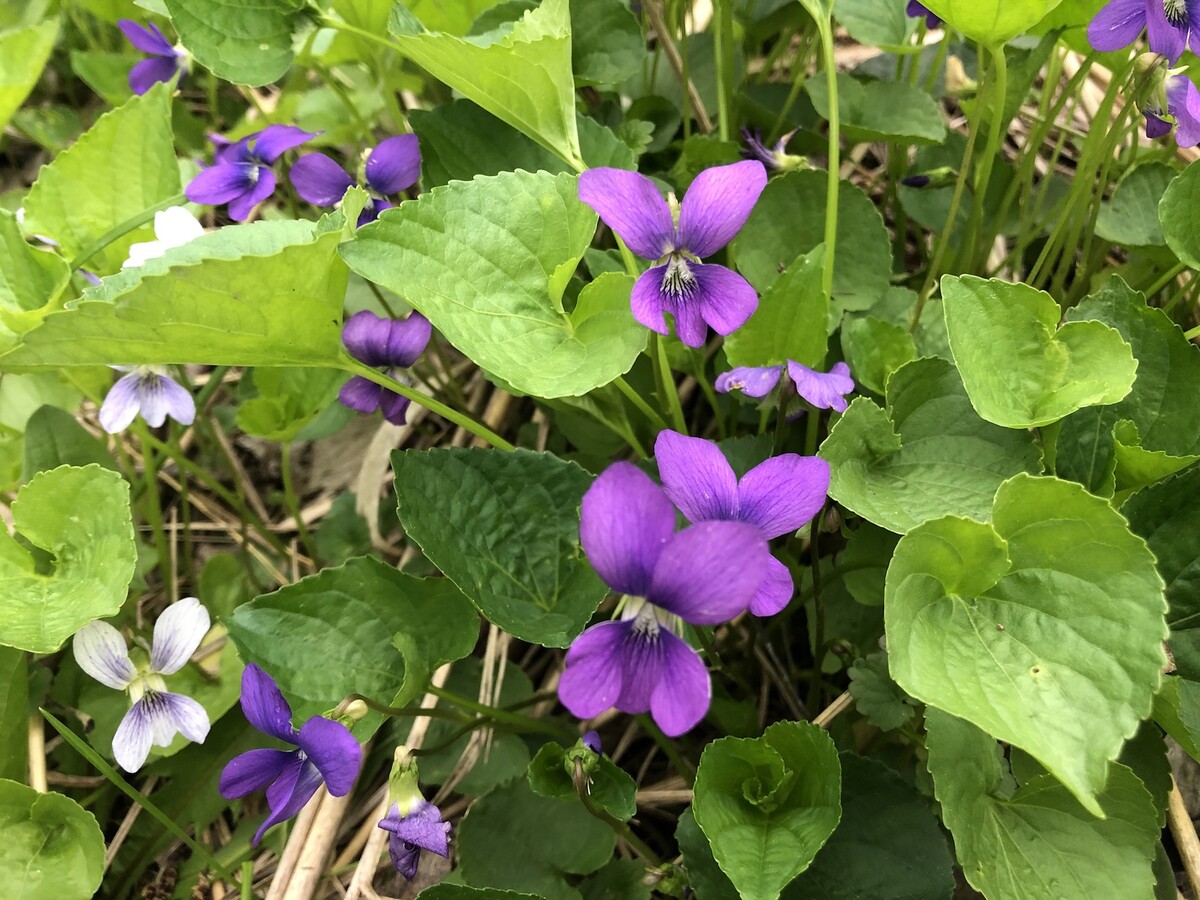
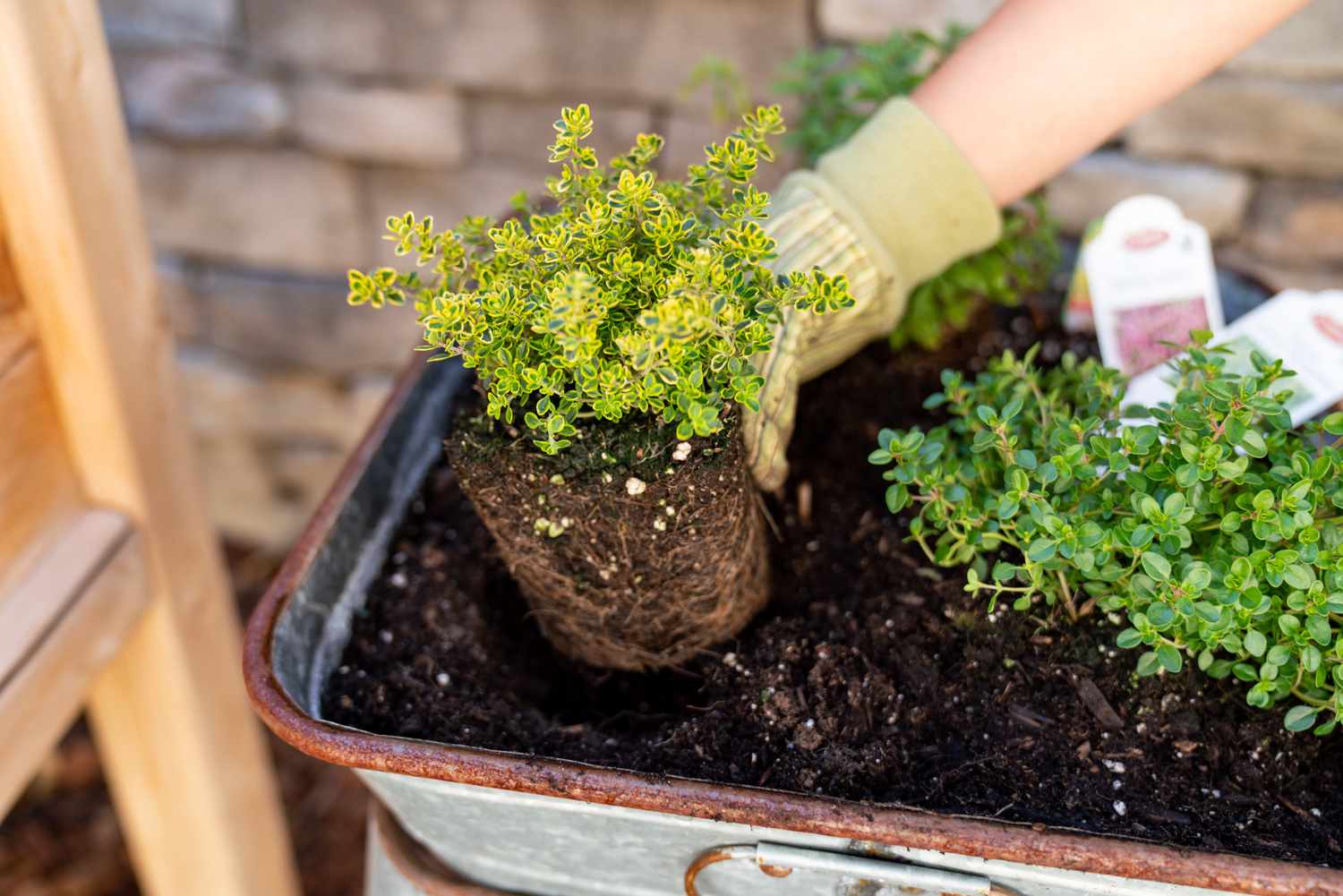
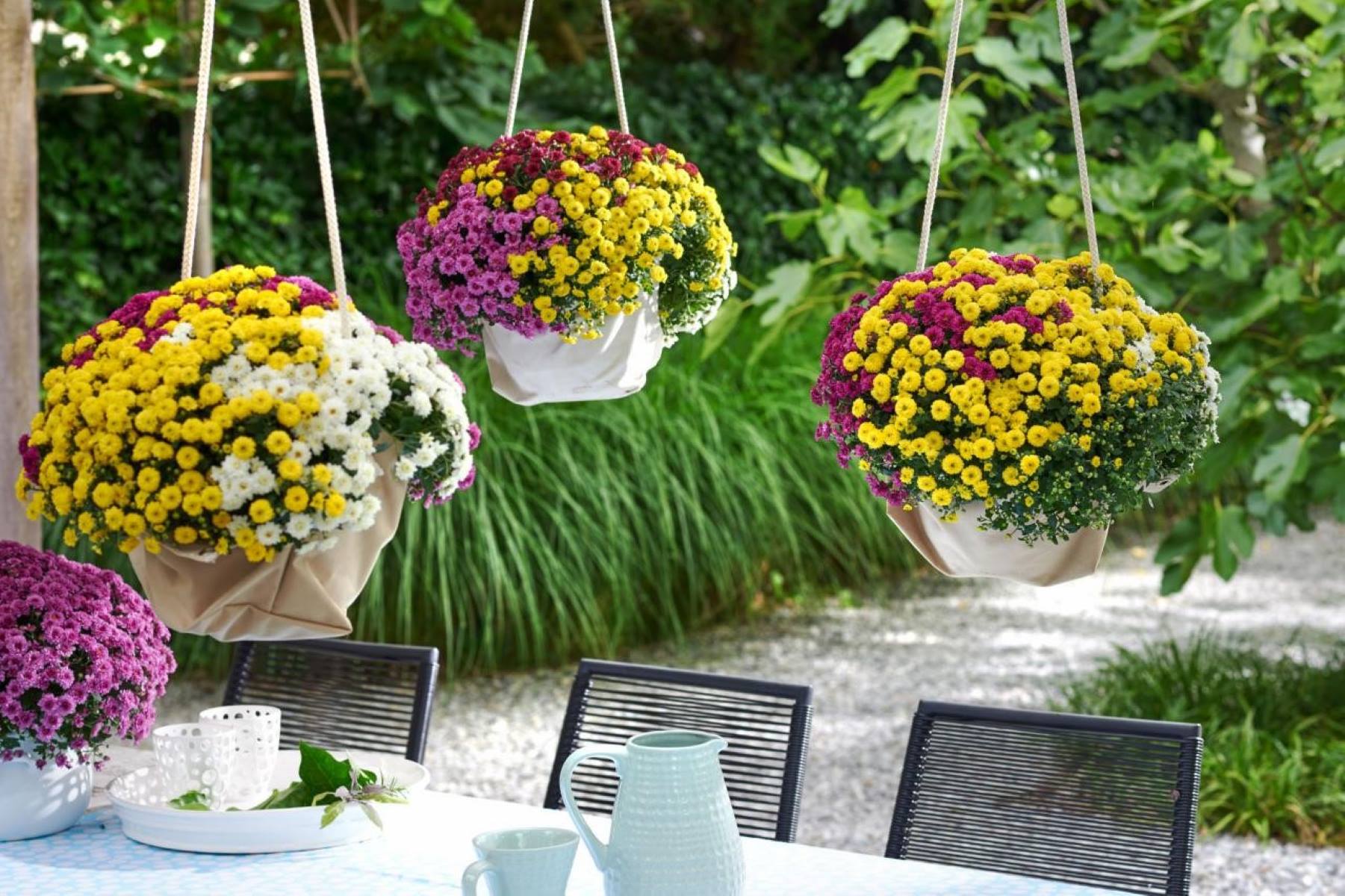
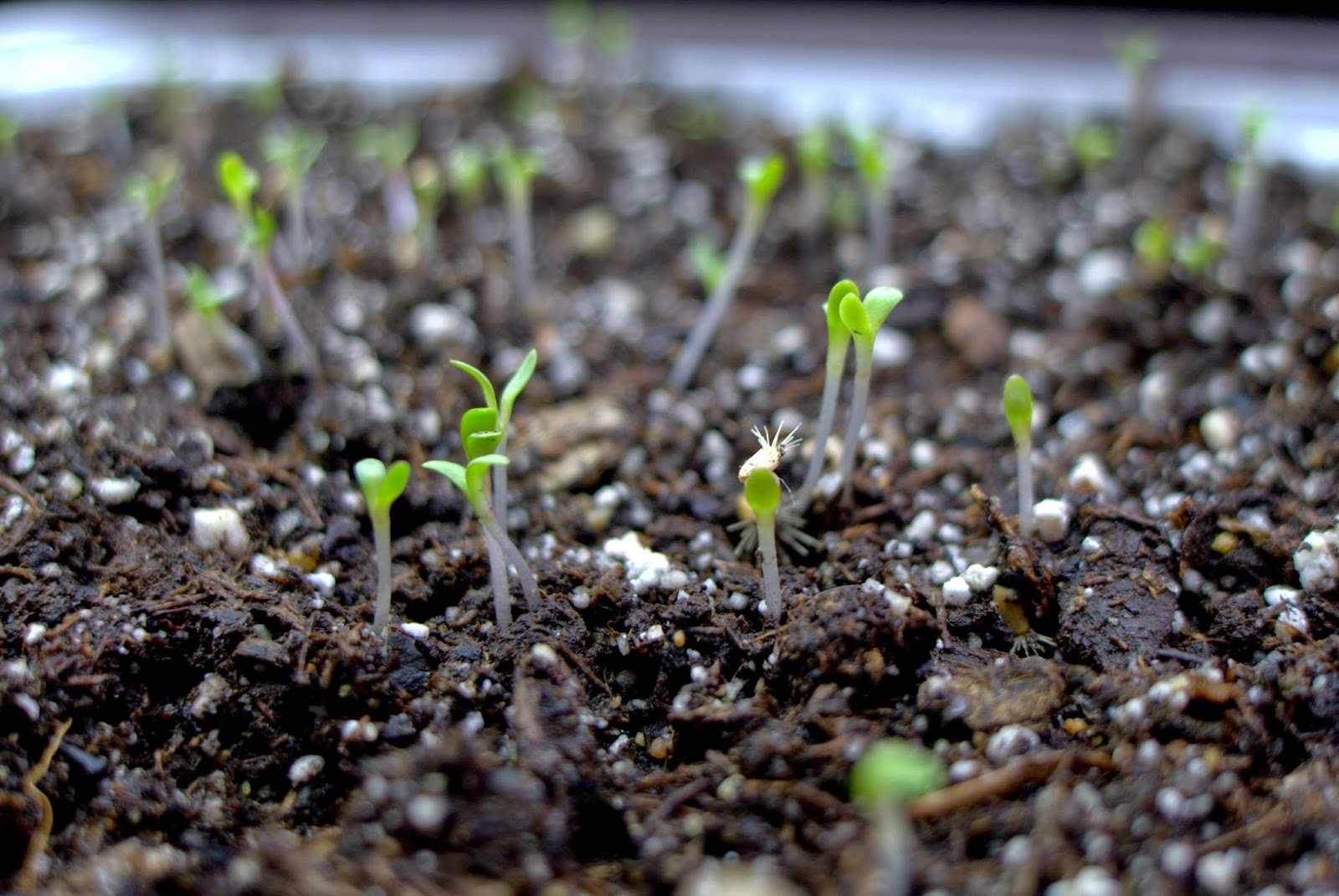

0 thoughts on “How Can I Plant My Burpee Wildflower Perennial Mix In Lower Sun Areas”